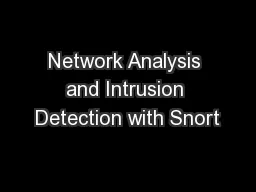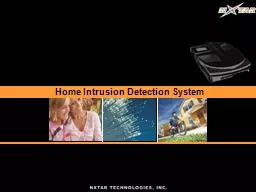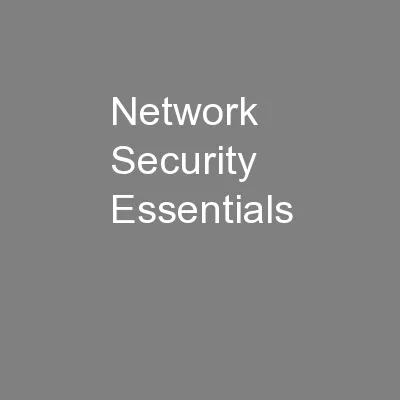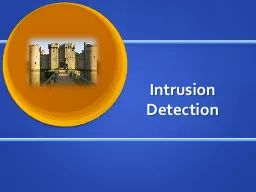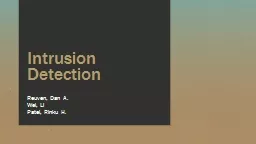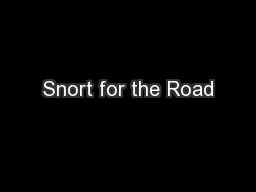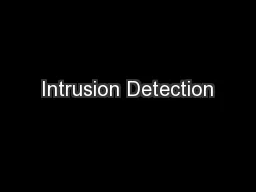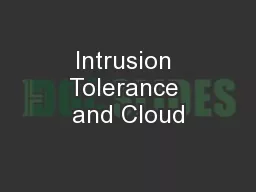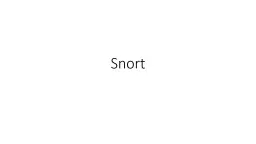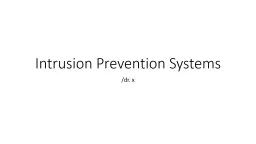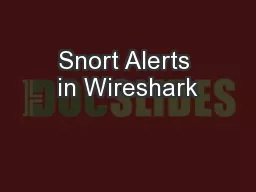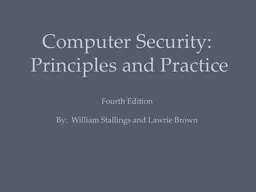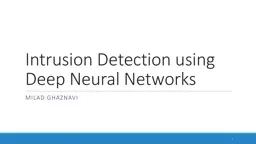PPT-Network Analysis and Intrusion Detection with Snort
Author : lindy-dunigan | Published Date : 2017-06-17
Snort Freeware Designed as a network sniffer Useful for traffic analysis Useful for intrusion detection Snort Snort is a good sniffer Snort uses a detection engine
Presentation Embed Code
Download Presentation
Download Presentation The PPT/PDF document "Network Analysis and Intrusion Detection..." is the property of its rightful owner. Permission is granted to download and print the materials on this website for personal, non-commercial use only, and to display it on your personal computer provided you do not modify the materials and that you retain all copyright notices contained in the materials. By downloading content from our website, you accept the terms of this agreement.
Network Analysis and Intrusion Detection with Snort: Transcript
Download Rules Of Document
"Network Analysis and Intrusion Detection with Snort"The content belongs to its owner. You may download and print it for personal use, without modification, and keep all copyright notices. By downloading, you agree to these terms.
Related Documents

